The Struggle to Change
Juvenile Justice
in Santa Barbara
Thousands of Kids Have Been
in a System That Can Work
Like a Revolving Door
By Caitlin Siggins | November 30, 2023
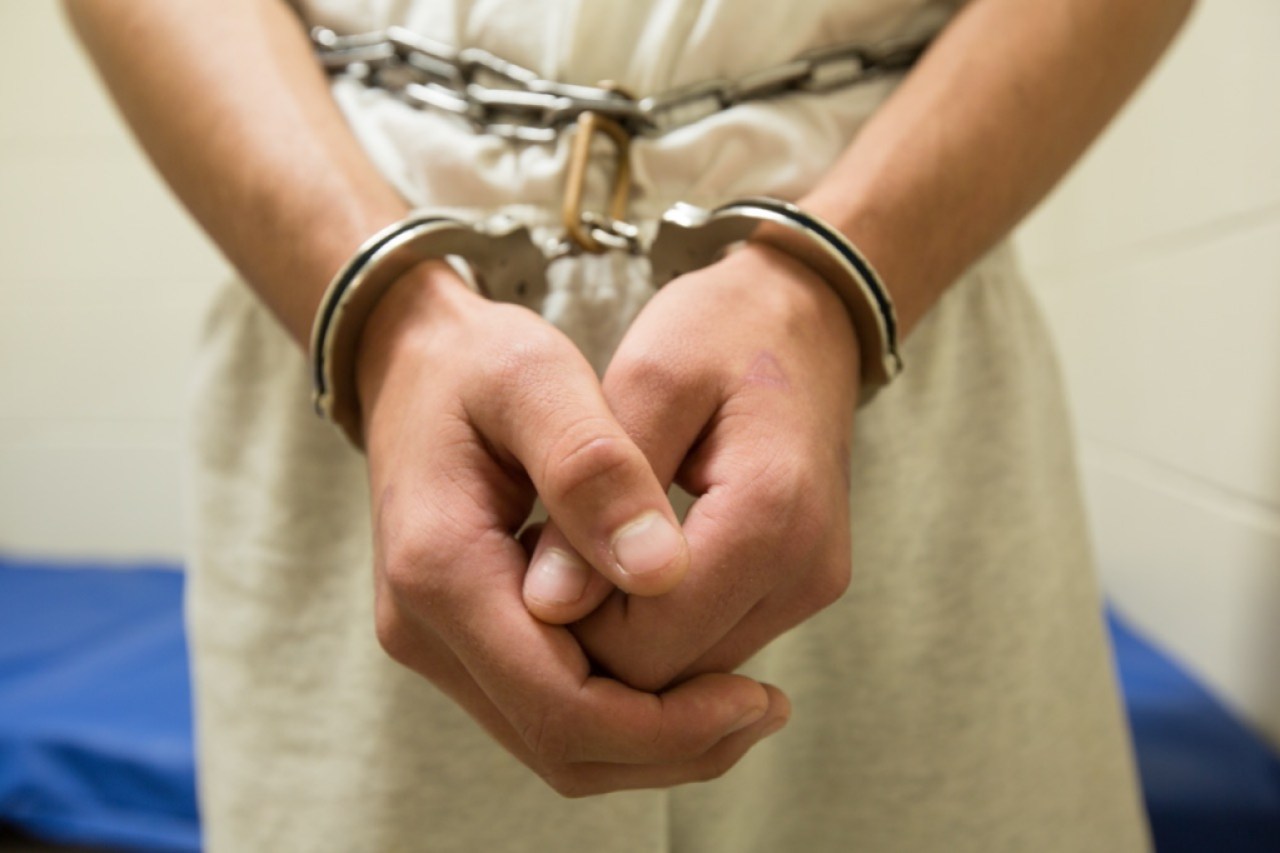
Read about Richard Ross’s glimpse inside
Santa Barbara’s Juvenile Justice Center in 2015.
“You just recognize the smell of juvenile hall,” said Elvie. She was 12 when she first set foot in the Santa Maria Juvenile Justice Center (JJC). “I still remember the sound of when the door’s unlocked: the clicking, the buzzing, going in one door, the door closing, going into another door, the door closing, stepping in. And it’s concrete. It’s cold.”
Today, Elvie is working, sober, and putting the past behind her. (Her last name is being purposely withheld, but now an adult, she consented to this interview and having her picture taken.)
Hundreds of youths in Santa Barbara County make their way through the juvenile justice system each year. Here we try to put some perspective on the state of these kids and the system itself.
The Juvenile Justice Center
The world has changed since the 140-bed Juvenile Justice detention center was built more than 50 years ago. It is still a basic cinder-block and steel structure, but the attitudes toward how to treat kids within the system have evolved, especially during the last decade.
Holly Benton, chief of the Probation Department who supervises the JJC, is continuing this reform that started several years ago with an overhaul of Santa Barbara’s juvenile justice system. With 33 years working within that system, Benton knows about the conflicted backgrounds of so many of the kids she works with. “You have to view 99 percent of these kids through the lens of trauma,” she said.
She emphasized her department’s continued efforts to acknowledge racial inequity in the juvenile justice system. In Santa Barbara County, youths of color are more than 2.5 times more likely to be referred to the juvenile justice system than their white peers, according to a 2022 report from the Santa Barbara Probation Department.
Benton also talked about the changes at the center and the department’s increased efforts to keep youths out of detention. Overall, the number of incarcerated youths at the JJC has been greatly reduced in recent years. The average daily population at the center is 34 kids. Of that number, girls usually account for fewer than five residents.
Los Prietos Boys Camp, a lower-security detention center located in Los Padres National Forest, is closing down. As the camp’s daily population recently dwindled to four, the county has decided to move the camp to the JJC.
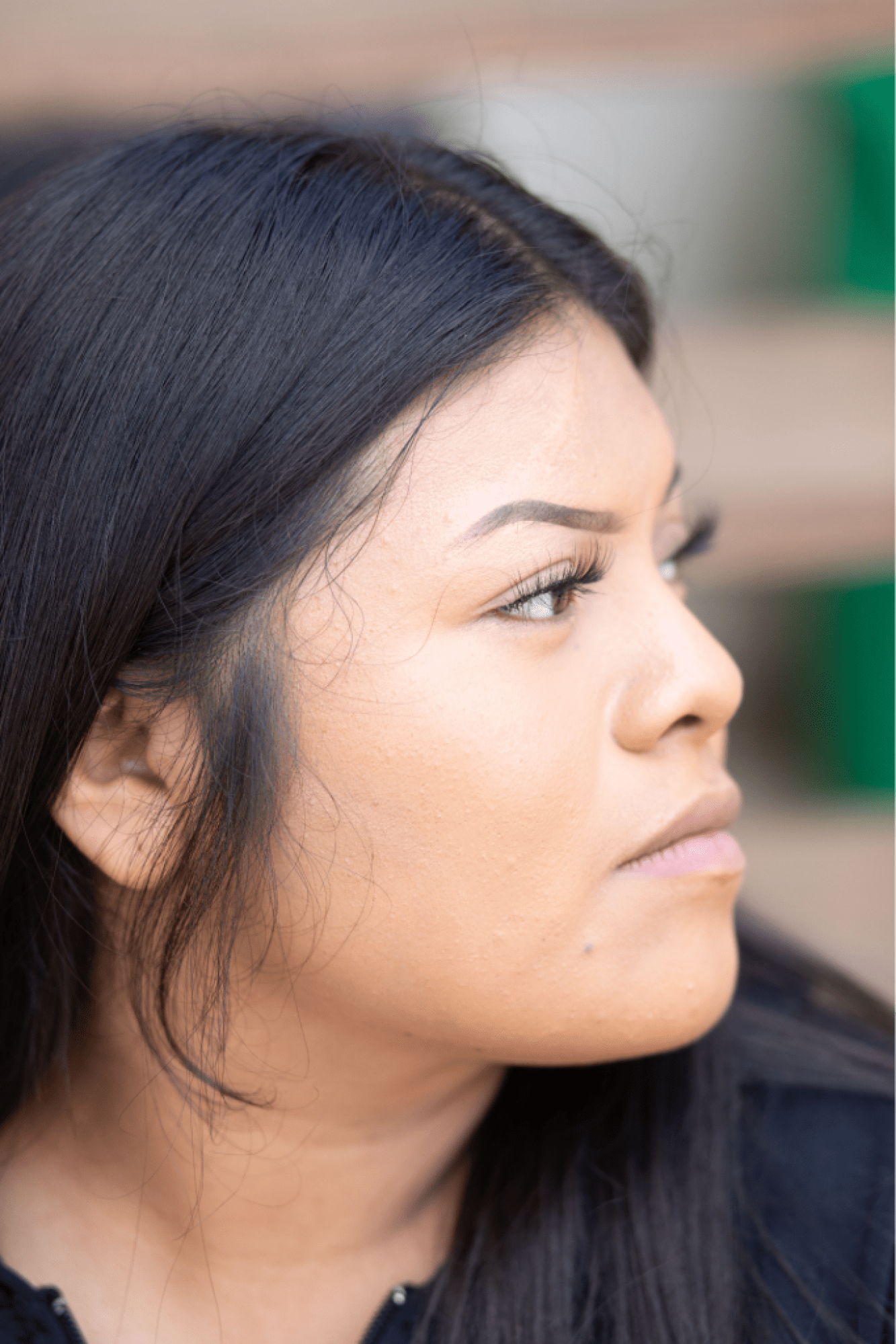
Prior to the overhaul, around one-third of youths in the JJC were serving time for a probation violation. For example, a kid who’s already been involved in the system will fail to report for a drug test or fail to get transportation to county probation offices, and the cycle of incarceration would begin again with lengthening stays at the center. For a teenager, getting to strictly scheduled probation meetings, drug tests, educational appointments, and health appointments can feel like an uphill battle.
Elvie recalled telling her mom, “ ‘I’m gonna try my best to do good,’ but of course that never lasts when you’re on probation.” For the four years following her first court appearance, Elvie continued to bounce in and out of the system.
Now county officials are trying to look at all the pressures a kid under probation supervision experiences — from the seriousness of the original arrest to how much their family is able to offer support. Often, these are kids whose pain has been hiding in plain sight for years, according to Benton, with unstable housing, poverty, physical and sexual abuse, and addiction being far-too-common experiences.
Changing probation’s approach is an ongoing process. “We aren’t clinging to old compliance-based thought,” Benton said. “You have to look at each individual. You can’t generalize.” Her department is incorporating a trauma-informed perspective into their work and giving each kid a greater voice. Parents, coaches, mentors, and positive role models meet with staff and the youths to discuss what life will look like after leaving the JJC.
One challenge at the JJC is the wide range of residents who walk through its doors. Providing support for different ages and for crimes of varying severity requires a range of resources.
Almost half of all supervised youths are now over the age of 18, county officials report. It can be particularly difficult to get through to older residents who have cycled through the system for years, while at the same time maintaining safety for younger kids, some as young as 14. Many of the older youths have entered the system prior to these major reforms and attitude shifts. Now, for these kids, the question is: How do you build trust when none existed previously?
In June, California’s Department of Juvenile Justice closed their 11 state-run correctional facilities. Per Senate Bill 823, passed in 2020, the state has slowly phased out state-run facilities and instead given additional resources to counties. Prior to the realignment, youth charged with more serious crimes, serving longer sentences, were sent to DJJ (formerly CYA) facilities. As DJJ facilities, like Ventura Youth Correctional Facility, close their doors, older youth charged with more complex crimes are returning to the county’s care. Whenever possible, Benton noted, such young people are sent to the center’s Trust Unit, an area reserved for youths who have demonstrated good behavior over a sustained period.
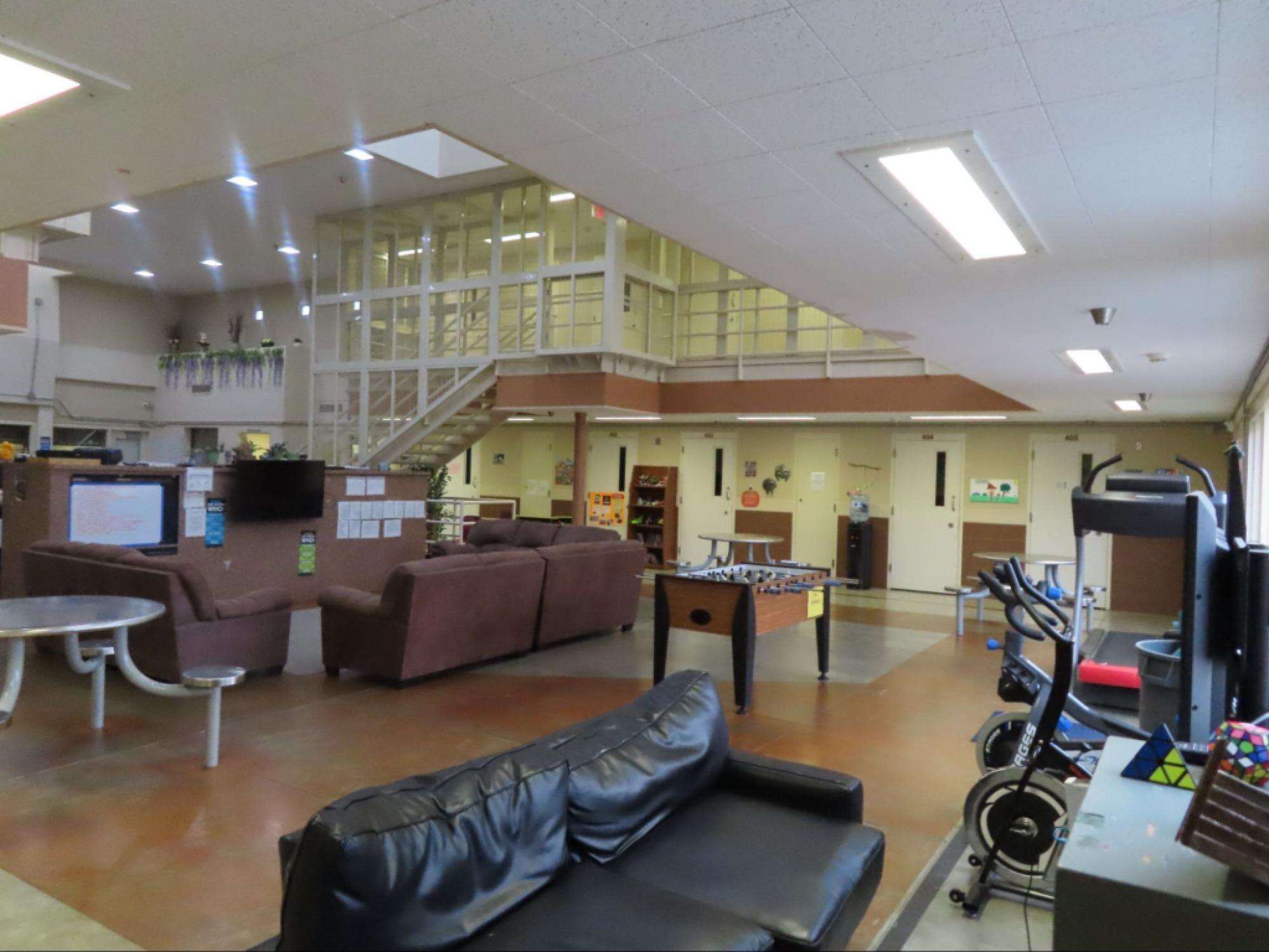
Opened in January 2020, the Trust Unit reflects new research on the merit of incentive-based behavioral change. Stark cement cells are personalized with photos of family and friends taped to the wall, as well as deodorant, snacks, and colorful blankets. The linoleum-tiled common area is fashioned with relics of home: couches, gaming systems, and a flat-screen TV. The personal among the sterile serves as a reminder of our system’s complicated relationship with juvenile justice, the uneasy tension between retribution and rehabilitation.
The Courtroom
Even years later, shame and embarrassment are front and center in Elvie’s memories of the juvenile justice system. Though she had come to court for her older brother’s appearances in the past, sitting in front of the judge at her first court date felt entirely different. “I just felt like a tiny little person in that courtroom,” she said.
An hour’s drive from downtown Santa Barbara, the Santa Maria Juvenile Court is in session twice a week at a dedicated juvenile court with 20 to 30 kids in the courtroom. Many will be diverted from the adjacent detention center and given resources to put their lives on track. But for others, it will become a continuous journey in and out of the justice system.
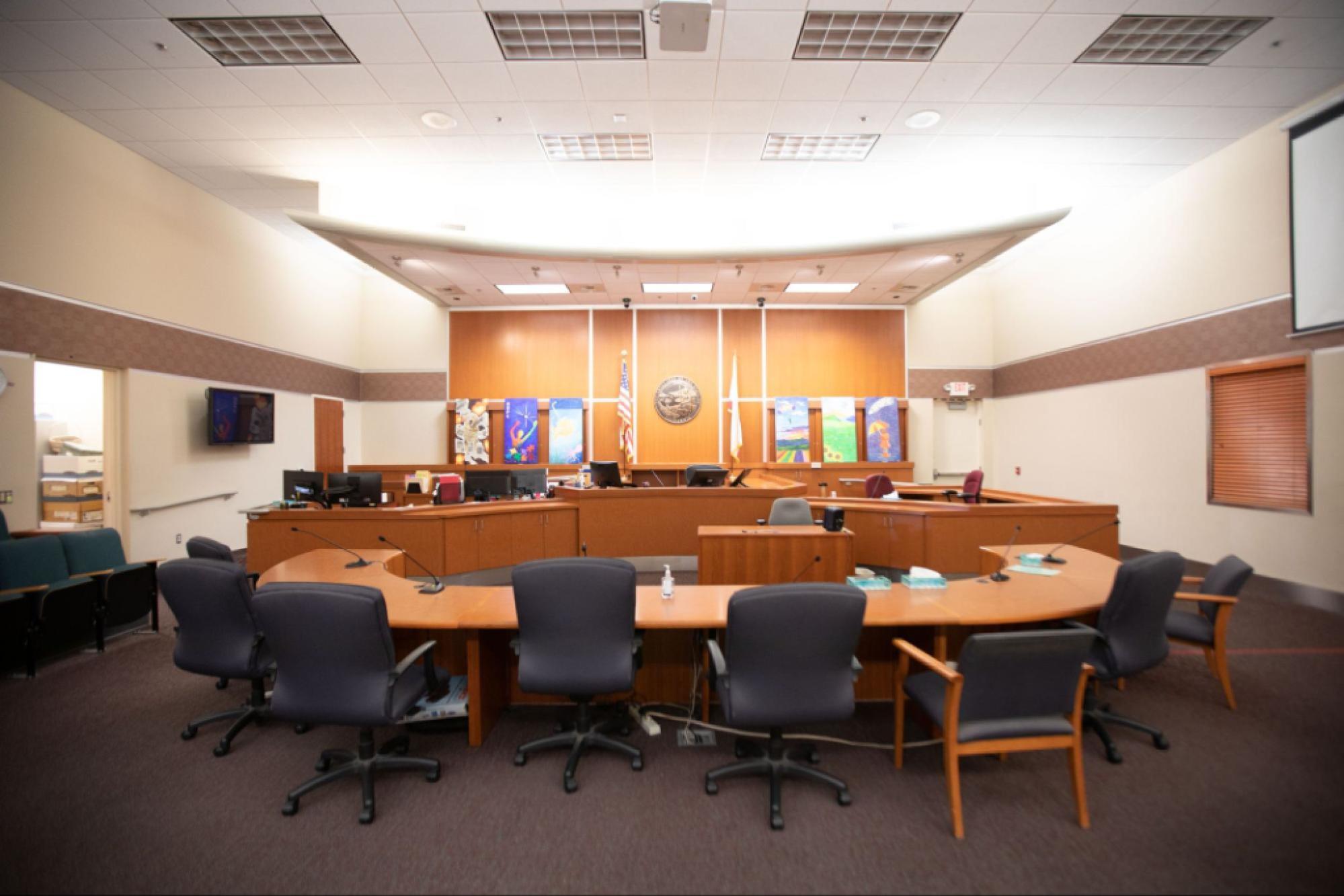
Recently appointed to the juvenile court, Judge Gustavo Lavayen considers fentanyl as a most pressing concern. “I would like to see even more programming especially related to substance abuse,” he said. “These kids shouldn’t be in the hall just because of substance abuse. They should be in a place where they can get the treatment they need.”
Though attitudes have shifted toward recovery and rehabilitation in recent years, everyone in the courtroom — the judge, juvenile defender, district attorney, and social worker — agrees there is more to be done. “I think we recognize how we used to do things was wrong, how horrible detention is for children. It makes them worse. It’s traumatizing” said Sara Elturk, a public defender in the juvenile justice division. “We know scientifically that a child, when they’re in their early or mid-twenties, is going to be a completely different person. Their personality characteristics are all in transition during that time.”
Alternatives to Detention
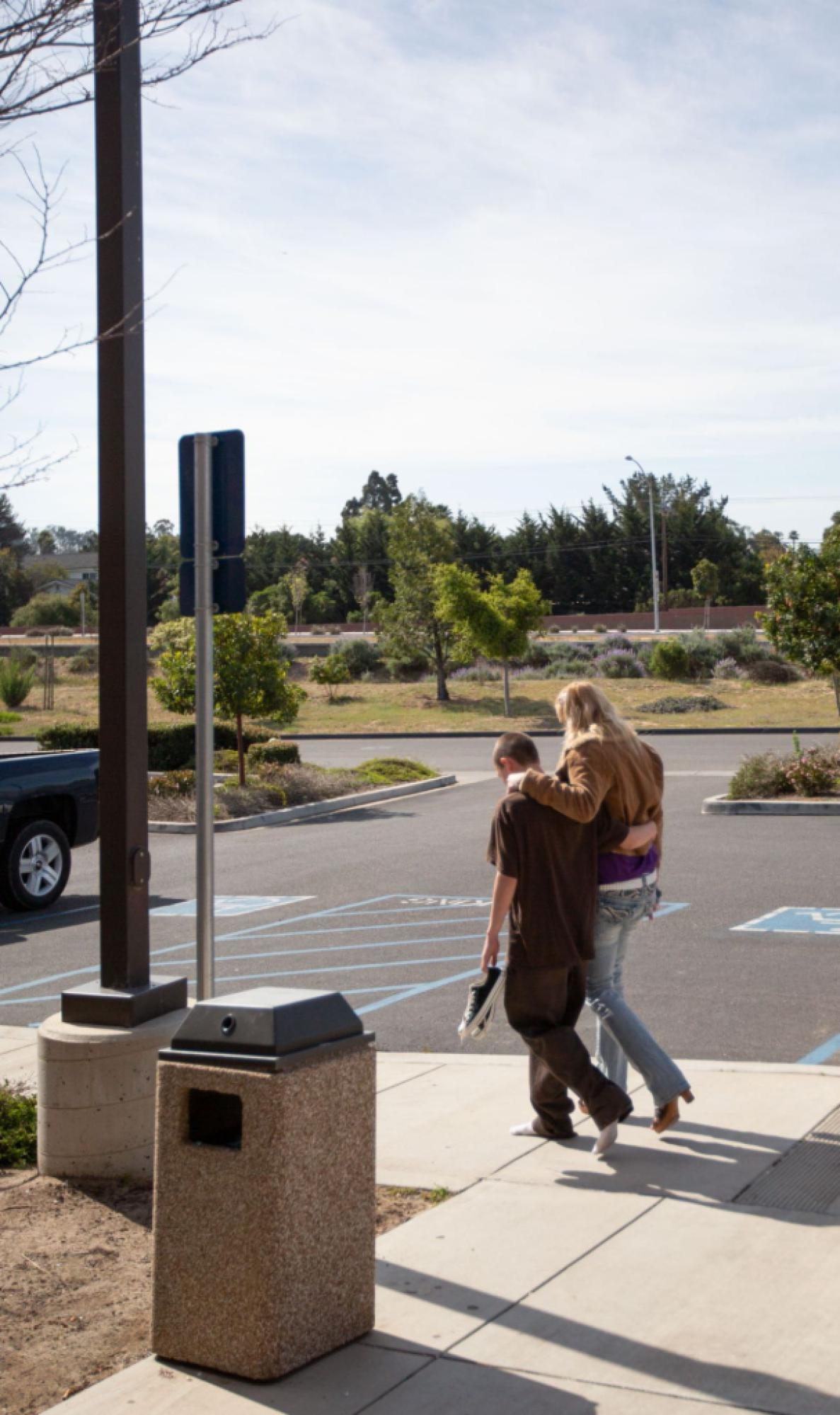
These days, most juveniles are diverted into alternative programs, such as Youth Empowerment Services, which emphasizes restorative justice. Kids meet with case managers to identify how they can repair the harm their actions have caused. Restorative options include substance-abuse classes, community service, and counseling intended to address the deeper causes of a youth’s behavior.
Elvie was referred to drug counseling programs and therapy during her time in the system. “To be honest, I did enjoy the programs and services a lot. I felt like I was actually being heard and understood,” she said. “But then I would go back home to a toxic household, and it would trigger me. I would start feeling like, ‘Why am I even doing this?’ Like, I’m just gonna go back out to the streets.”
Elvie found many of the resources that helped her get out of the system on her own, such as the Grizzly Youth Academy, a military school in San Luis Obispo. Her mother supported the decision, and Elvie quickly took to the program. “I loved the feeling of being healthy, sober, productive, smart, and reading. I just loved it.”
Later, she joined California Job Corps in Los Angeles, where she trained in auto mechanics for six months. “It was the best year of my life, because I finally got to experience what it is to get out of your hometown and see other stuff,” Elvie said.
Elvie still remembered her last probation officer in Santa Barbara. “She was the PO that did the most for me,” she said. “She went to that program and she went to visit me, and it was our first time meeting ’cause we would only talk on the phone. And she brought me a gift basket. She showed me a lot of love. And no PO has ever done that to me.”
Bridging the Divide
The center looks “completely different” than it did almost 20 years ago when he was a teenager at the center, according to Andrew Del Rio, a program facilitator at Allan Hancock College. It was a cold building with empty walls. “I felt like there was no hope.”

After being in the JJC, he was later incarcerated as an adult, but he finally found a community at Allan Hancock College. A counselor connected him with the Rising Scholars Program and the Beyond Incarceration: Greater Education (BIGE) Club. His mentors there “have seen people like me here: people that have tattoos, that have been in prison, that have struggled with addiction. Like, I never thought in a million years there’d be a program specifically for our population. And that’s what blew me away.” Some residents at the JJC attend BIGE meetings every Friday through Zoom.
Del Rio and many others in the BIGE Club at Hancock are majoring in areas such as human services and addiction. Some are completing internships at detox facilities and finishing up their hours to become licensed drug counselors.
“We need more credible messengers,” said Del Rio, who now works with the Phoenix Scholars program supporting formerly and currently incarcerated students and gang-involved youths. “I think that it’s important to have people with that lived experience to be these caseworkers. It’s easy for someone to tell an addict to put down the needle or put down the pipe when they’ve never been strung out on heroin, or how easy it is to stay out of a prison cell when they’ve never even been incarcerated.”
Formerly incarcerated students have carved out a space for themselves in higher education at colleges such as Allan Hancock. Much of the educational programming now available to youths at the center was imagined and created by those who were in the system themselves.
Education has become one of the strongest components of probation’s revamped programming. The JJC has its own high school, Dos Puertas School, where students work toward their high school diplomas. A room at the center has been transformed into a post–secondary education room complete with a study lounge, a virtual learning area, and college logos decorating the walls.
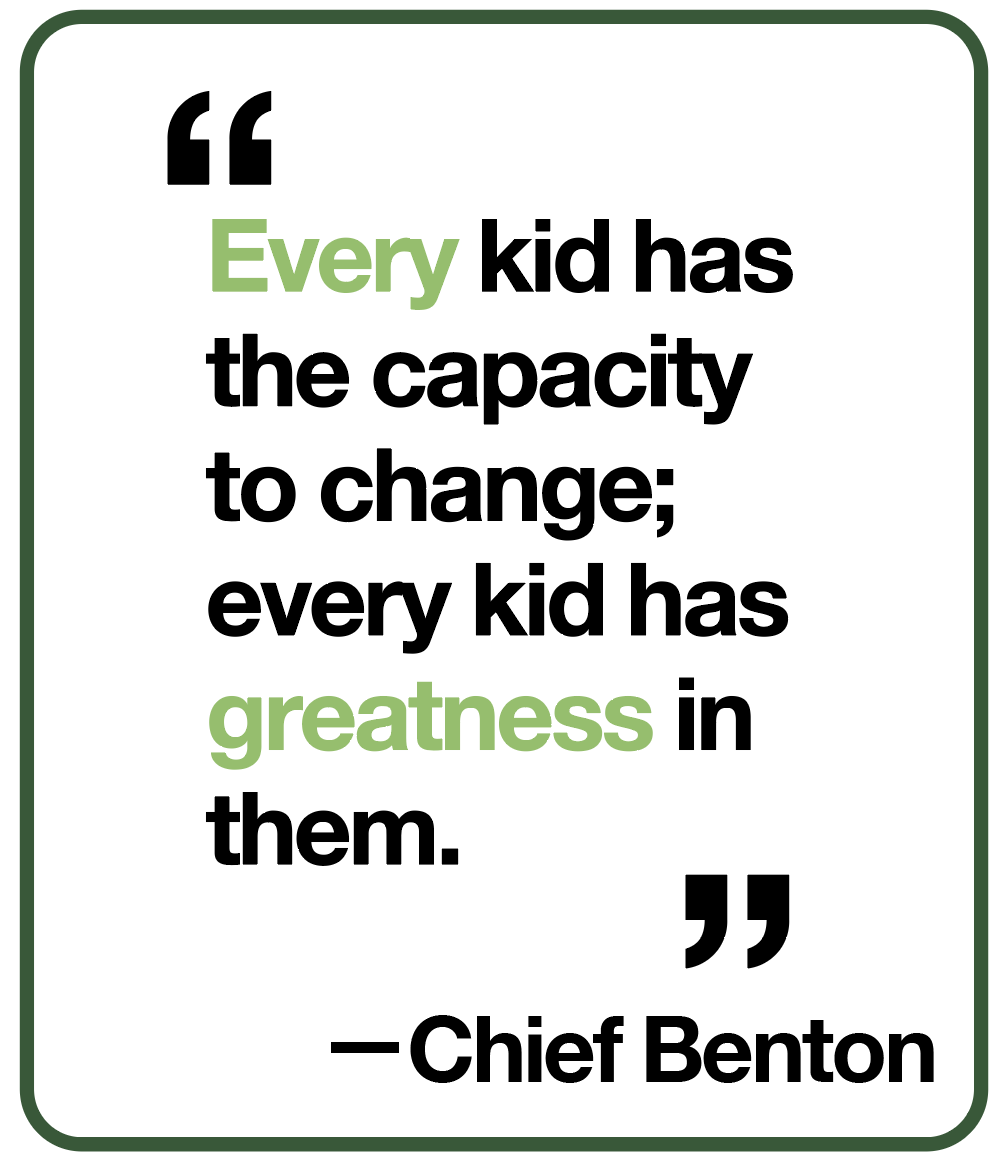
Students can also take virtual college classes at multiple local community colleges.
Many of the students at the center are the first in their families to graduate high school. It’s an achievement that is duly celebrated by staff. “It’s about helping kids understand that there is a future, that there will be an after,” Chief Benton said. “Every kid has the capacity to change; every kid has greatness in them.”
Changes to the treatment of supervised youths is only part of the puzzle. “The key is getting to kids before they ever reach our door,” said Benton.
Another part of that puzzle is seeing youths involved in Santa Barbara’s juvenile justice system as “our kids.” When we approach juvenile justice from a place of fear, the kid loses and the community loses. We can’t turn a blind eye to the complexity needed for the four-dimensional chess game that is the juvenile justice system.
“Honestly, it’s not really as deep as people would think. What I give [kids at the center] is simple; it’s basic. It’s just an ear to listen, advice if they want it, or, for the most part, I just listen to what they have to say.” said Del Rio. “I remember going through so much in and out of juvenile hall, and I just wanted someone to ask me how I was doing, pull me aside.”
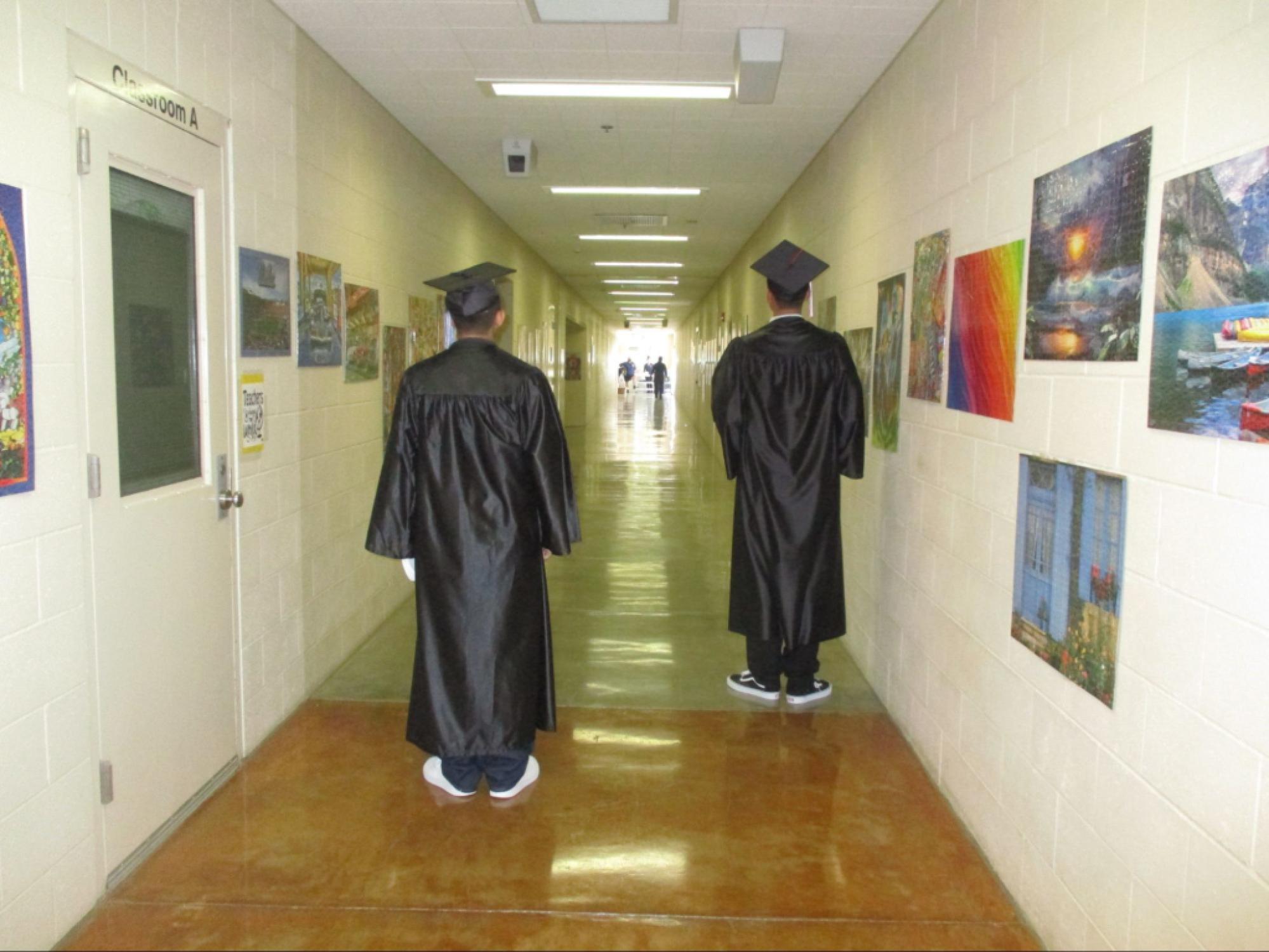
To support the work of the Rising Scholars program and the BIGE club, consider donating to their scholarship funds
To learn more about Santa Barbara county’s juvenile justice initiatives, Chief Benton encourages interested readers to check out the county’s Comprehensive Multi-Agency Juvenile Justice Plan & Juvenile Justice Realignment Plan available on Santa Barbara probation’s website. There are many ways to get involved in juvenile justice work in the Santa Barbara area, listed below are other resources to help support our kids.
Council on Alcohol and Drug Abuse (CADA) Yes! Program
CASA Santa Barbara Court Appointed Special Advocates
Santa Barbara District Attorney Restorative Justice Program
Contact joaflores@countyofsb.org
Phoenix Scholars is specifically geared toward system-impacted and gang affiliated youth ages 14-24. Whereas Rising Scholars is formerly incarcerated people of all ages.




You must be logged in to post a comment.